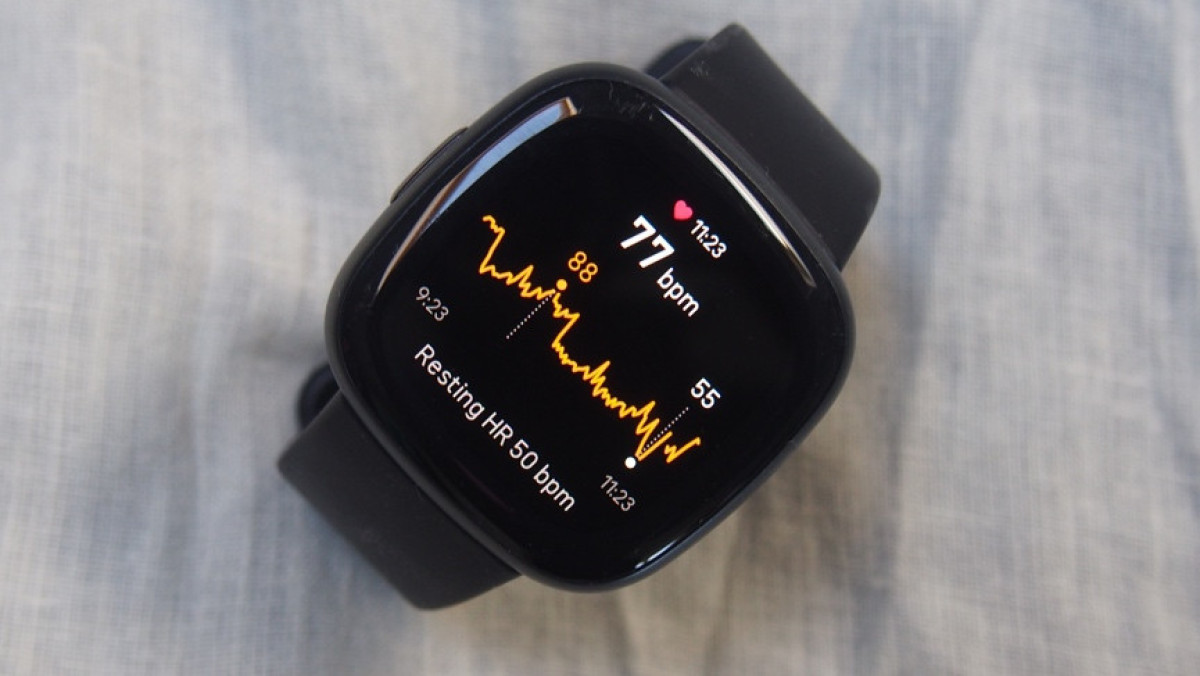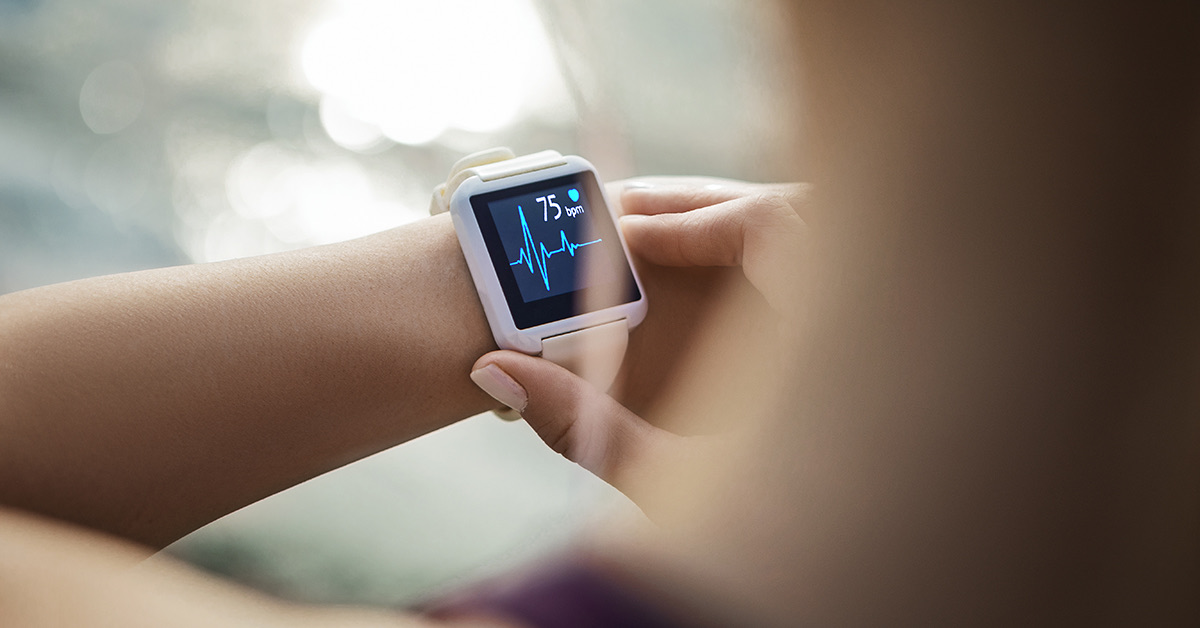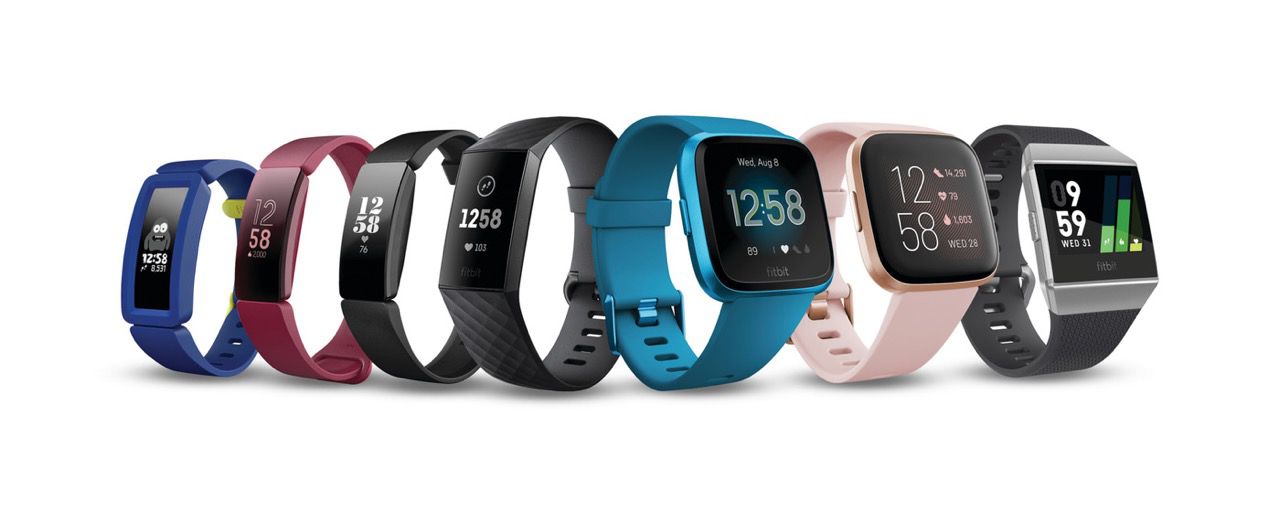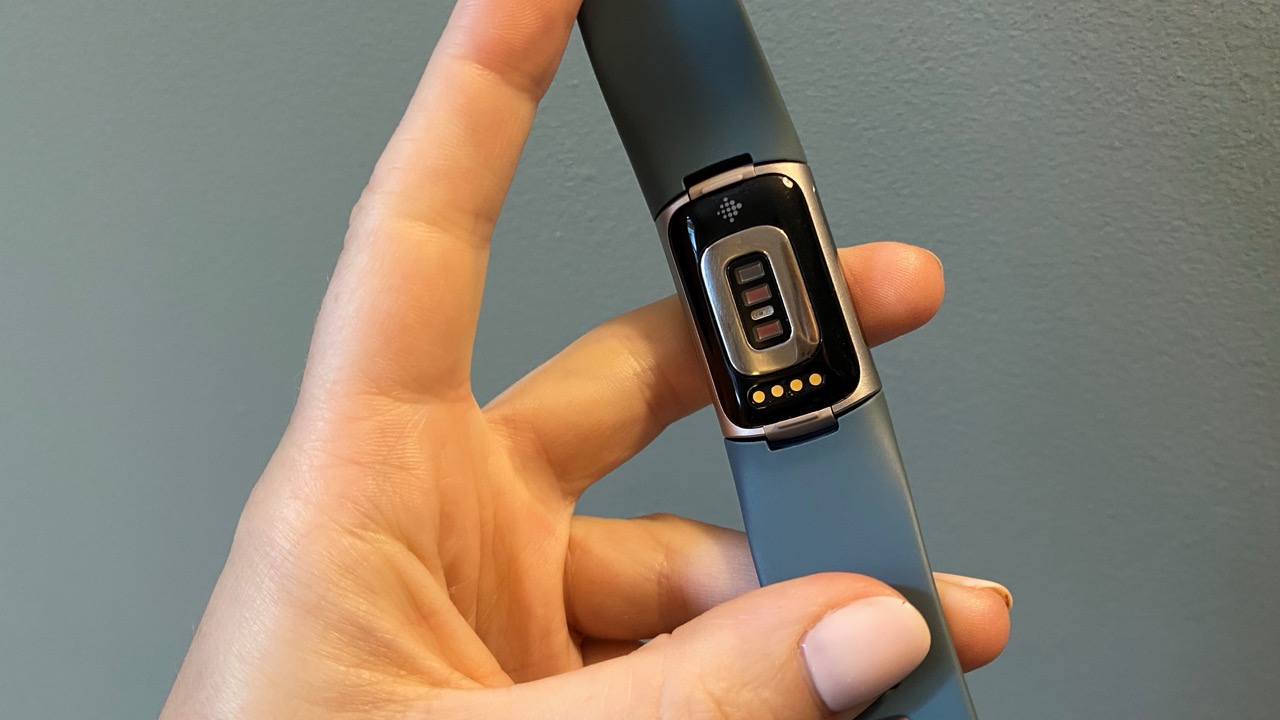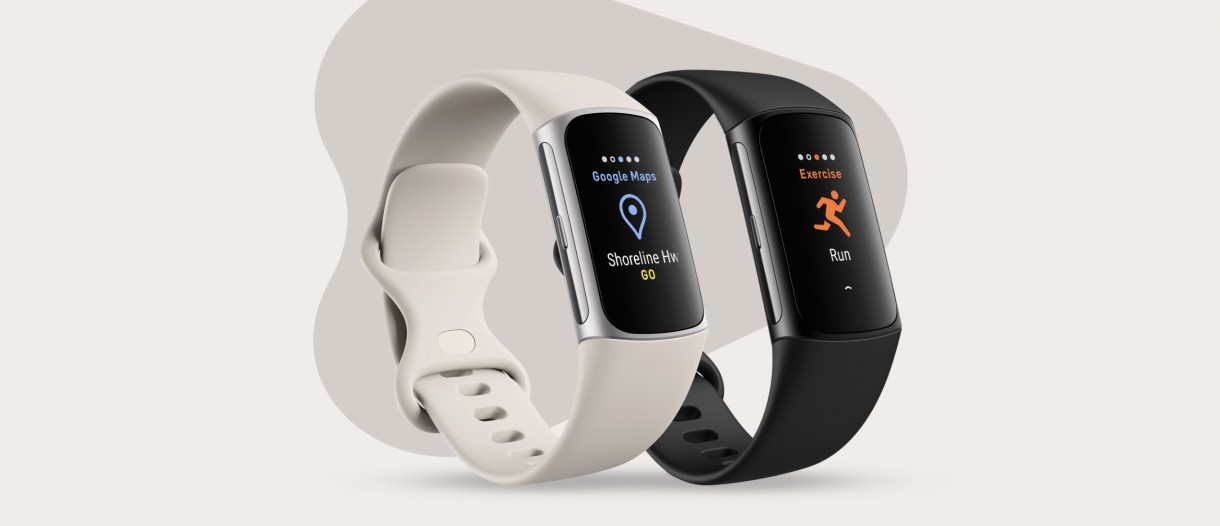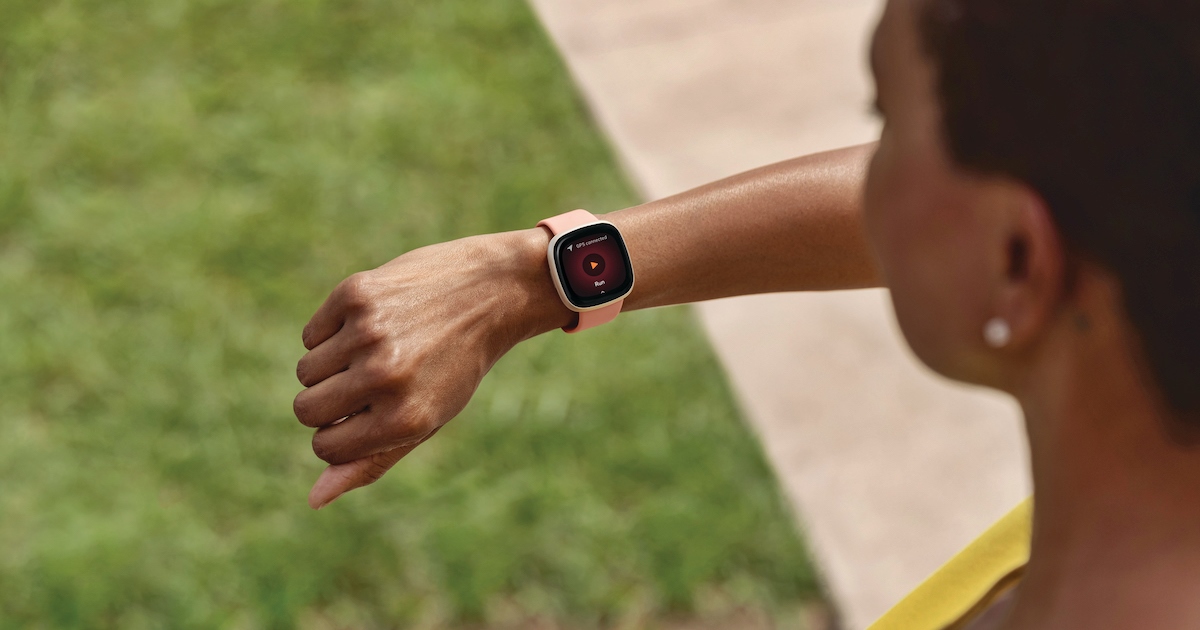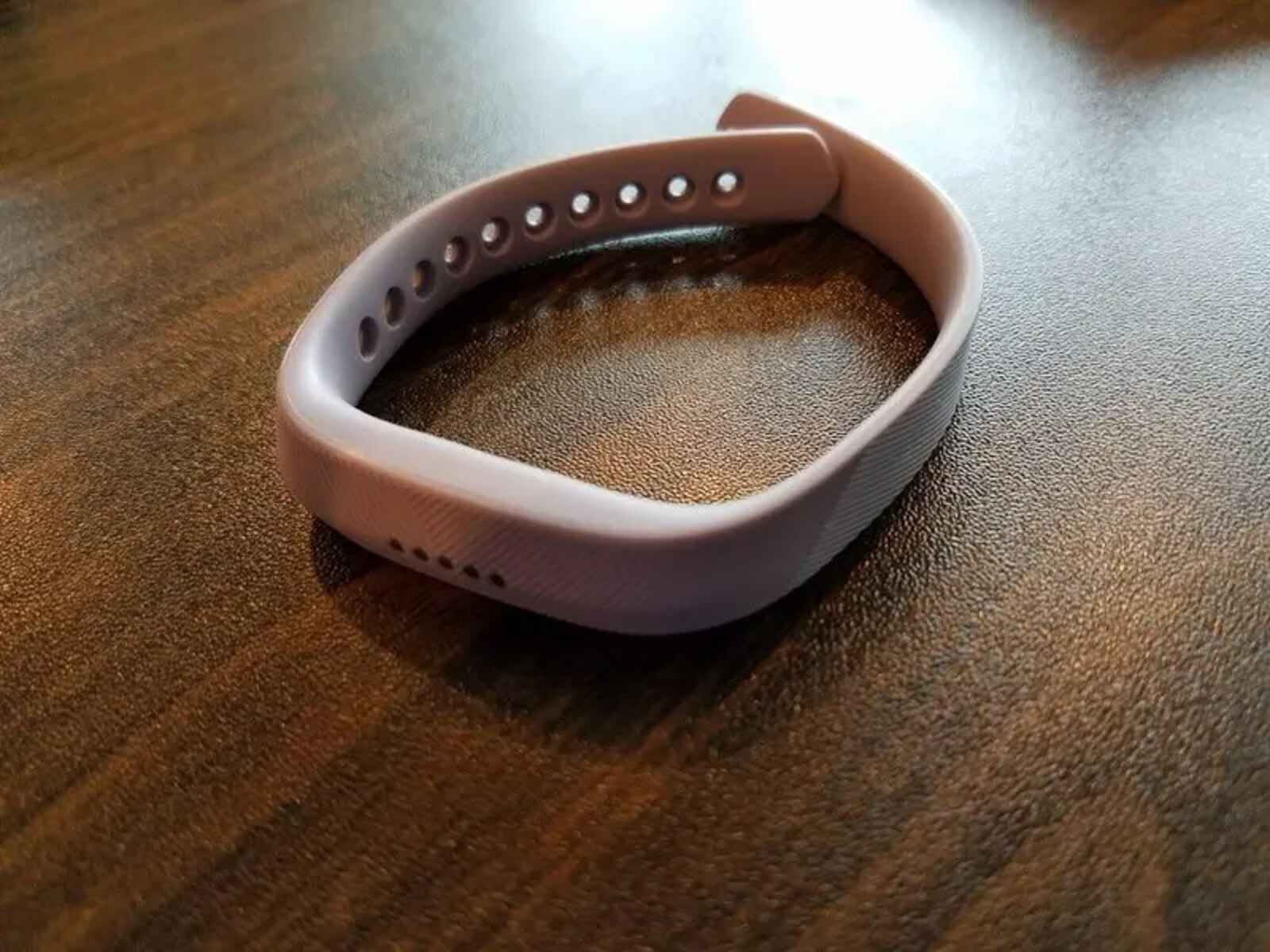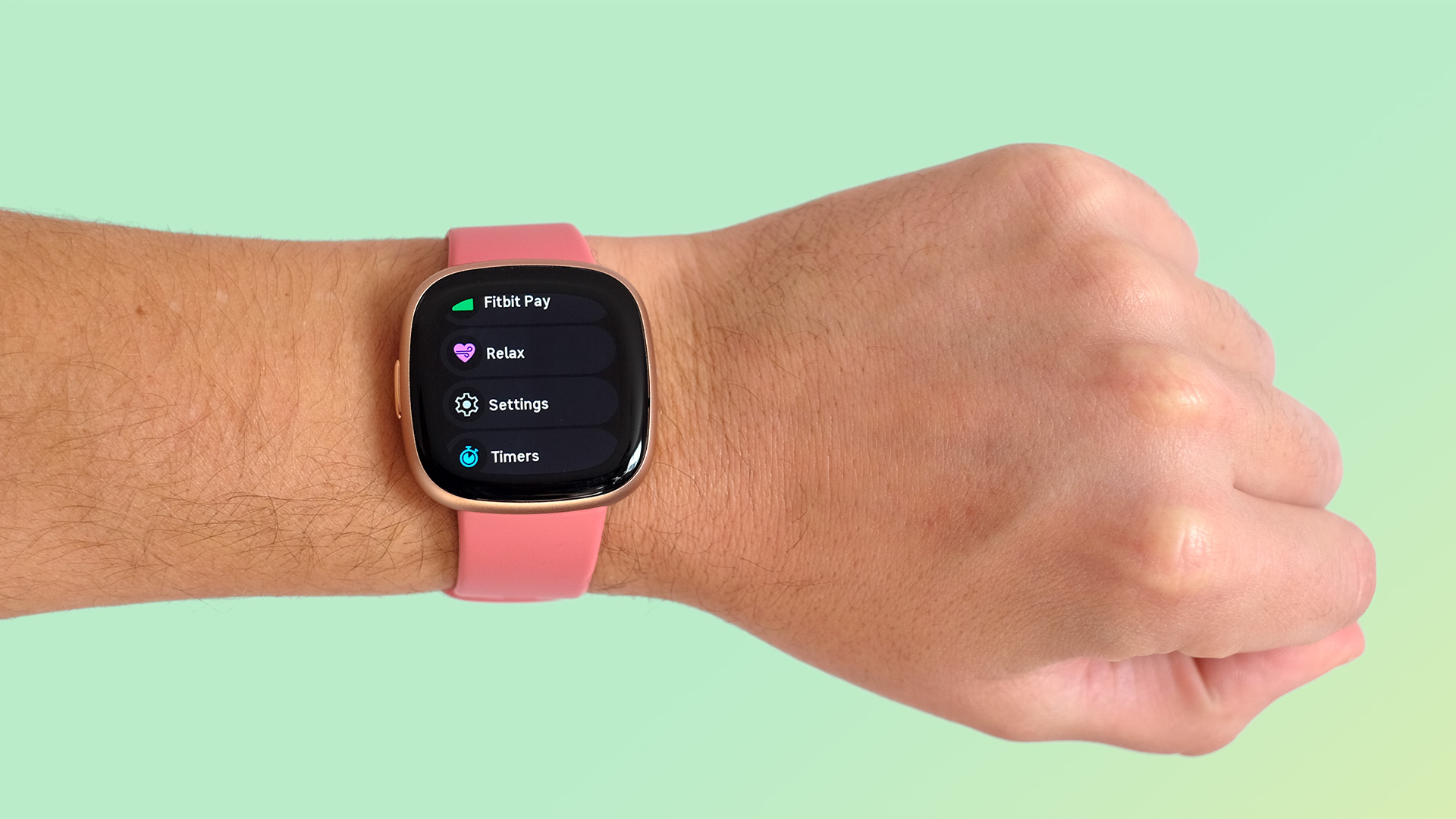Introduction
Wearable technology has revolutionized the way we approach fitness and health monitoring. Among the myriad of wearables available in the market, Fitbit stands out as a frontrunner in providing comprehensive health and activity tracking. One of the key features that sets Fitbit apart is its advanced heart rate monitoring capability. Understanding how Fitbit measures heart rate is crucial for users to maximize the benefits of this technology and make informed decisions about their fitness routines.
The heart rate monitoring function of Fitbit devices allows users to gain valuable insights into their cardiovascular health and performance. By continuously tracking heart rate, Fitbit wearables provide real-time data that enables users to monitor their fitness levels, optimize their workouts, and even detect potential health issues. This feature has transformed the way individuals approach their fitness goals, empowering them to make data-driven decisions and achieve better overall health.
In this article, we will delve into the intricacies of how Fitbit measures heart rate, exploring the technology behind this process and shedding light on the factors that can impact the accuracy of heart rate monitoring. Additionally, we will discuss the limitations of this technology and provide practical tips for users to leverage the heart rate monitoring feature effectively. Understanding these aspects will empower Fitbit users to harness the full potential of their devices and make the most of the valuable health data at their fingertips.
How Fitbit Measures Heart Rate
Fitbit utilizes advanced technology to measure heart rate accurately and continuously. The heart rate monitoring process begins with the device's optical heart rate sensor, which is strategically positioned on the underside of the wearable. This sensor employs photoplethysmography (PPG) to detect blood volume changes in the microvasculature of the skin. When the heart beats, blood is pumped to the capillaries, and the sensor illuminates the skin to measure the amount of blood flowing through. This data is then processed to calculate the user's heart rate.
Fitbit's proprietary PurePulse technology enables the optical heart rate sensor to capture precise heart rate readings, even during intense physical activities and varying environmental conditions. The sensor continuously emits and detects light to track blood volume changes, ensuring that users receive accurate and real-time heart rate data. This technology is designed to filter out noise and motion artifacts, providing reliable heart rate measurements regardless of the user's activity level.
Moreover, Fitbit devices incorporate machine learning algorithms that analyze the raw data captured by the optical heart rate sensor. These algorithms are trained to differentiate between various motion patterns and physiological signals, allowing the device to distinguish between the user's heartbeats and other sources of optical noise. This intelligent processing enhances the accuracy of heart rate monitoring, enabling users to rely on their Fitbit devices for precise and actionable heart rate data.
In addition to monitoring heart rate during physical activities, Fitbit wearables also track resting heart rate, providing users with insights into their overall cardiovascular health. By continuously monitoring resting heart rate, Fitbit devices can detect changes in the user's baseline heart rate, which may indicate potential health issues or changes in fitness levels. This comprehensive approach to heart rate monitoring empowers users to gain a holistic understanding of their cardiovascular well-being and make informed decisions about their fitness and health goals.
Overall, Fitbit's heart rate monitoring technology combines advanced sensor capabilities with intelligent algorithms to deliver accurate and reliable heart rate data. By leveraging these innovative features, Fitbit users can track their heart rate with confidence, optimize their workouts, and gain valuable insights into their overall health and fitness journey.
Factors Affecting Heart Rate Monitoring
Several factors can influence the accuracy and reliability of heart rate monitoring using Fitbit devices. Understanding these factors is essential for users to interpret their heart rate data effectively and optimize the performance of their wearables. Here are the key factors that can affect heart rate monitoring with Fitbit:
-
Fit and Positioning of the Device: The fit and positioning of the Fitbit device on the wrist can significantly impact the accuracy of heart rate monitoring. For optimal results, users should ensure that the device is snugly positioned on the wrist, allowing the optical heart rate sensor to maintain consistent contact with the skin. Proper fit and positioning minimize motion artifacts and ensure that the sensor can capture accurate heart rate data during various activities.
-
Skin Tone and Texture: The optical heart rate sensor of Fitbit devices relies on detecting blood volume changes in the microvasculature of the skin. Skin tone and texture can affect the sensor's ability to capture these changes accurately. Individuals with darker skin tones or tattoos may experience slightly lower accuracy in heart rate monitoring due to the way light is absorbed and scattered by the skin. However, Fitbit continues to refine its technology to improve accuracy across diverse skin tones.
-
Physical Activity and Motion: Intense physical activities and vigorous movements can introduce motion artifacts that may impact the accuracy of heart rate monitoring. Fitbit devices are designed to filter out noise and motion artifacts, but certain activities, such as high-intensity interval training or weightlifting, can pose challenges for heart rate monitoring. Users should be mindful of the potential impact of motion on heart rate readings during such activities.
-
Environmental Conditions: Environmental factors, including temperature and humidity, can influence the performance of the optical heart rate sensor. Extreme temperatures and high humidity levels may affect the skin's microvasculature and the sensor's ability to capture accurate heart rate data. Users should be aware of these environmental influences, especially when engaging in outdoor activities or exercising in challenging weather conditions.
-
User's Physiology and Health Conditions: Individual differences in physiology, such as skin thickness and blood flow, can affect the accuracy of heart rate monitoring. Furthermore, certain health conditions, such as arrhythmias or poor circulation, may impact the device's ability to capture reliable heart rate data. Users with underlying health concerns should consult healthcare professionals to understand how these factors may influence heart rate monitoring with Fitbit.
By considering these factors, Fitbit users can optimize their heart rate monitoring experience and make informed interpretations of their heart rate data. Awareness of these influences empowers users to maximize the benefits of their Fitbit devices and gain valuable insights into their cardiovascular health and fitness journey.
Accuracy and Limitations of Fitbit Heart Rate Monitoring
Fitbit's heart rate monitoring technology has significantly advanced the way individuals track their cardiovascular health and fitness performance. However, it is essential to understand both the accuracy and limitations associated with this feature to make informed use of the data provided by Fitbit devices.
Accuracy
Fitbit has continuously refined its heart rate monitoring technology to deliver accurate and reliable data to users. The optical heart rate sensor, combined with PurePulse technology, enables Fitbit wearables to capture precise heart rate readings even during intense physical activities. The sensor's ability to detect blood volume changes in the skin's microvasculature, coupled with advanced algorithms, ensures that users receive real-time and dependable heart rate data.
Moreover, Fitbit devices track resting heart rate, providing insights into overall cardiovascular health. By monitoring resting heart rate, users can detect changes in their baseline heart rate, which may indicate potential health issues or changes in fitness levels. This comprehensive approach empowers users to gain a holistic understanding of their cardiovascular well-being and make informed decisions about their fitness and health goals.
Limitations
While Fitbit's heart rate monitoring technology offers numerous benefits, it is important to acknowledge its limitations. Factors such as the fit and positioning of the device, skin tone and texture, physical activity and motion, environmental conditions, and individual physiology can impact the accuracy of heart rate monitoring. Users with darker skin tones or tattoos may experience slightly lower accuracy due to the way light is absorbed and scattered by the skin. Additionally, intense physical activities and environmental factors, such as extreme temperatures and high humidity, can influence the performance of the optical heart rate sensor.
Furthermore, while Fitbit devices are designed to filter out noise and motion artifacts, certain activities, such as high-intensity interval training or weightlifting, can pose challenges for heart rate monitoring. Additionally, individual differences in physiology and underlying health conditions can affect the accuracy of heart rate monitoring.
By understanding both the accuracy and limitations of Fitbit heart rate monitoring, users can make informed decisions about their fitness routines, interpret their heart rate data effectively, and maximize the benefits of their Fitbit devices. Awareness of these aspects empowers users to harness the full potential of heart rate monitoring technology while being mindful of its constraints.
Tips for Using Fitbit Heart Rate Monitoring
-
Optimize Device Placement: Ensure that your Fitbit device is snugly positioned on your wrist, allowing the optical heart rate sensor to maintain consistent contact with the skin. This optimal placement minimizes motion artifacts and enhances the accuracy of heart rate monitoring during various activities.
-
Understand Your Resting Heart Rate: Regularly monitor your resting heart rate to gain insights into your overall cardiovascular health. Detecting changes in your baseline heart rate can indicate potential health issues or changes in fitness levels, empowering you to make informed decisions about your well-being.
-
Be Mindful of Physical Activities: During intense workouts or vigorous movements, be aware of the potential impact of motion on heart rate readings. While Fitbit devices are designed to filter out noise and motion artifacts, certain activities, such as high-intensity interval training or weightlifting, can pose challenges for heart rate monitoring. Understanding these dynamics helps in interpreting heart rate data accurately.
-
Consider Environmental Influences: Environmental factors, including temperature and humidity, can influence the performance of the optical heart rate sensor. Be mindful of extreme temperatures and high humidity levels, especially during outdoor activities or exercising in challenging weather conditions, as they may affect the accuracy of heart rate data.
-
Consult Healthcare Professionals: If you have underlying health concerns or specific physiological considerations, consult healthcare professionals to understand how these factors may influence heart rate monitoring with your Fitbit device. This proactive approach ensures that you interpret your heart rate data in the context of your individual health and well-being.
-
Regularly Update Firmware: Keep your Fitbit device firmware updated to benefit from the latest enhancements and optimizations in heart rate monitoring technology. Firmware updates often include refinements to sensor capabilities and algorithms, improving the overall accuracy and reliability of heart rate data.
-
Maintain Skin Hygiene: Ensure that the skin area where the Fitbit device is worn is clean and dry to facilitate optimal sensor performance. Proper skin hygiene minimizes potential barriers to accurate heart rate monitoring, allowing the optical heart rate sensor to capture blood volume changes effectively.
-
Track Heart Rate Trends: Utilize Fitbit's data tracking features to monitor heart rate trends over time. By observing patterns in your heart rate data, you can gain valuable insights into the impact of different activities, stress levels, and lifestyle factors on your cardiovascular health.
By incorporating these tips into your use of Fitbit heart rate monitoring, you can optimize the accuracy and reliability of your heart rate data, gain valuable insights into your cardiovascular well-being, and make informed decisions to support your overall health and fitness journey.
Conclusion
In conclusion, understanding how Fitbit measures heart rate and leveraging this advanced technology can significantly enhance the way individuals approach their fitness and health goals. Fitbit's heart rate monitoring feature, powered by optical heart rate sensors and intelligent algorithms, empowers users to gain valuable insights into their cardiovascular health, optimize their workouts, and make informed decisions about their overall well-being.
By delving into the intricacies of Fitbit's heart rate monitoring technology, users can appreciate the sophisticated process through which their devices capture and process heart rate data. The combination of advanced sensor capabilities and machine learning algorithms ensures that users receive accurate and reliable heart rate readings, both during physical activities and at rest. This continuous monitoring capability enables users to track their heart rate trends over time, gaining a comprehensive understanding of their cardiovascular well-being.
While acknowledging the factors that can influence the accuracy of heart rate monitoring, such as device fit, skin tone, physical activity, and environmental conditions, users can take proactive steps to optimize the performance of their Fitbit devices. By considering these factors and implementing practical tips, users can maximize the benefits of heart rate monitoring and interpret their data effectively in the context of their individual health and fitness journey.
The integration of Fitbit's heart rate monitoring technology into daily fitness routines empowers users to make data-driven decisions, optimize their workouts, and prioritize their cardiovascular health. Regularly monitoring resting heart rate and observing heart rate trends enables users to detect changes in their baseline heart rate, potentially indicating shifts in fitness levels or underlying health concerns. This proactive approach to health monitoring aligns with Fitbit's commitment to providing users with comprehensive insights and actionable data to support their well-being.
In essence, understanding how Fitbit measures heart rate and navigating the accuracy and limitations of this technology equips users with the knowledge to make informed use of their heart rate data. By leveraging these insights, users can harness the full potential of their Fitbit devices, gain valuable insights into their cardiovascular health, and embark on a journey towards improved fitness and overall well-being.







